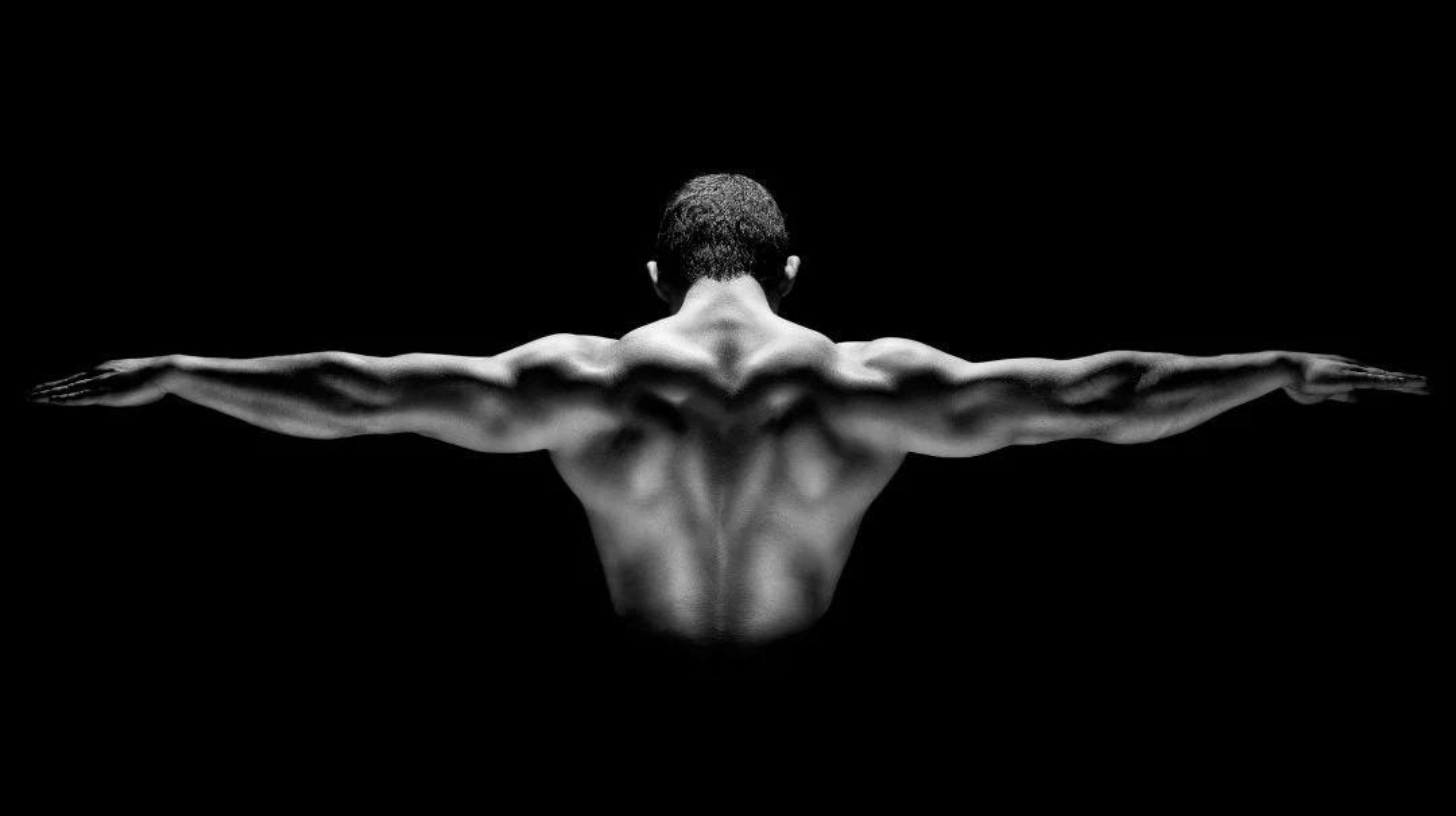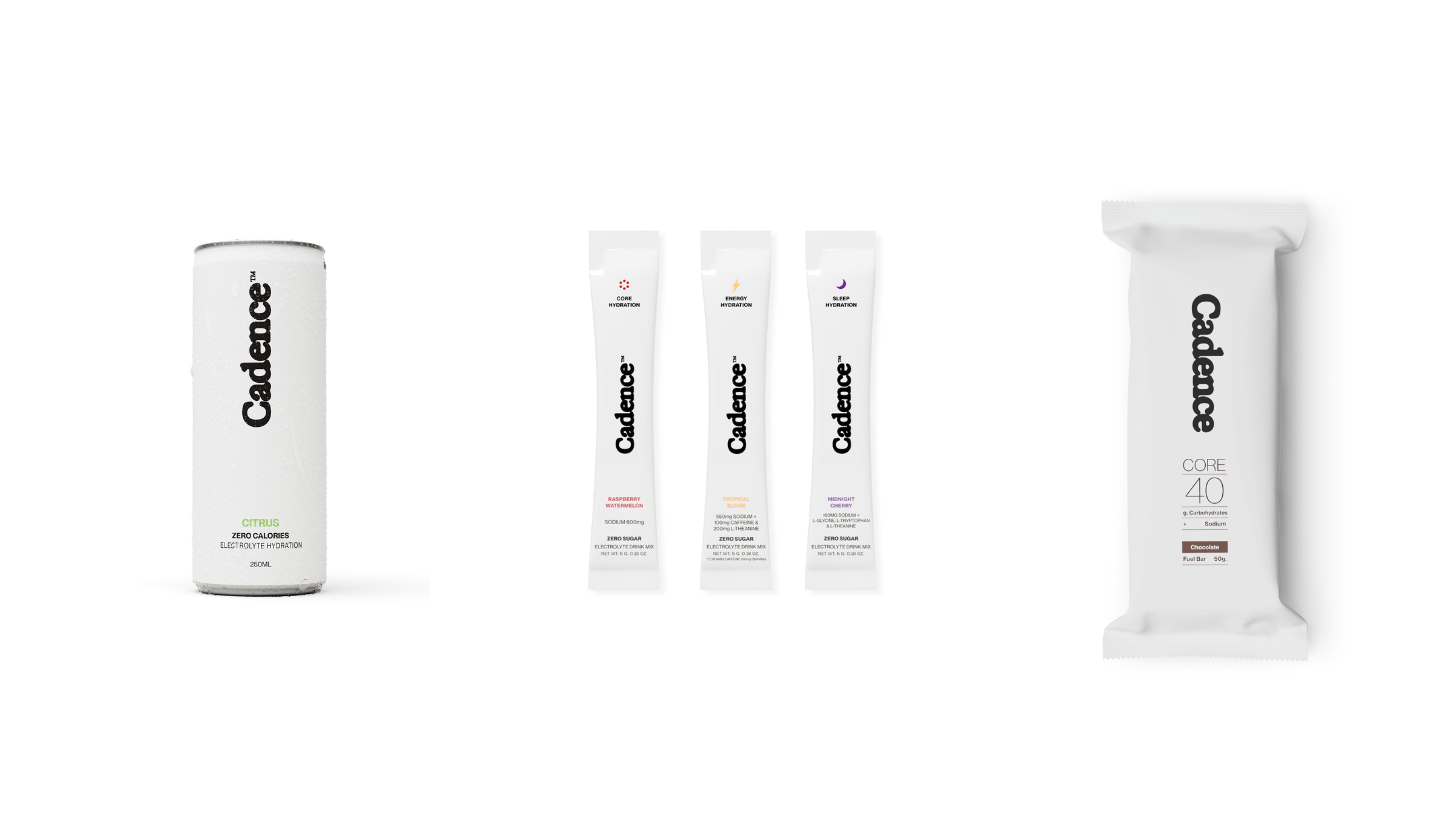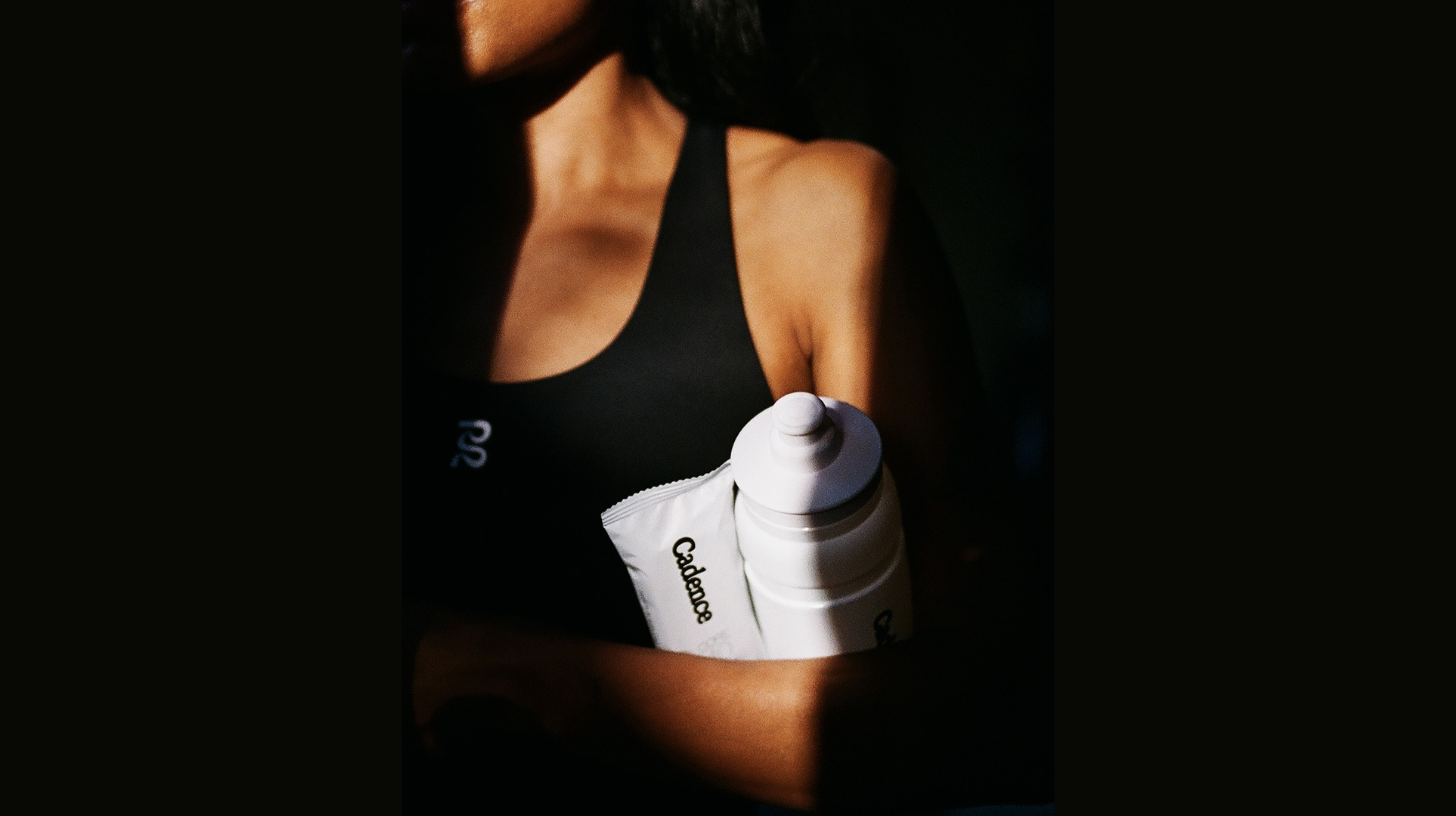Introduction
High performers aren’t driven by success—they’re driven by dopamine. Their edge isn’t learned. It’s inherited. DRIVEN explores the architecture behind that edge: a rare neurogenetic profile that compels continuous motion, future fixation, and peak intensity. This isn’t mindset. It’s biology. And for 2% of humans, mastering it is key to turning restlessness into freedom.
You’ve always known you were wired differently. This is why.
The Dopaminergic Profile of the DRIVEN
At the core of the DRIVEN brain are two specific gene variants—DRD2 and DRD4—linked to reduced dopamine sensitivity and increased novelty seeking¹. These genes don’t cause addiction, risk-taking, or obsession. They code for pursuit. For hunger. For forward motion that never fully satisfies.
The result? A neurochemical baseline that requires more intensity, more challenge, more ambition to feel “on.” This is why the DRIVEN founder can’t stop at one win. Why the elite athlete keeps pushing after the podium. Why the visionary stays awake redesigning a system that already works.
They’re not restless because they’re broken. They’re restless because the reward never fully lands².
This is the biological foundation of the DRIVEN: a brain that’s tuned to the hunt, not the harvest.
Dopamine Doesn’t Reward Achievement
Dopamine isn’t the molecule of happiness. It’s the molecule of pursuit. Neuroscience shows that dopamine spikes before the reward is reached—not after³. This means high performers often experience euphoria while chasing goals, but ambivalence once they achieve them. The anticipation is what energizes them. The win? A signal to find the next mountain.
This wiring explains why DRIVEN humans move the goalpost before the confetti hits the floor. It’s not ego. It’s neurochemistry.
And when dopamine sensitivity is low—as it is in those with DRD2 and DRD4 variations—the reward has to be bigger, riskier, more novel to register⁴. That’s why DRIVEN individuals keep raising the stakes. Not for show. For survival.
Structure Is the Antidote to Chaos
The same wiring that fuels performance also fuels addiction. When dopamine isn’t managed—when the DRIVEN live in unstructured intensity—the system turns on itself. Motivation tanks. Impulsivity spikes. Rest becomes restlessness. And the DRIVEN founder begins to sabotage the very thing they built⁵.
But when their environment is designed to regulate dopamine and reinforce identity, the DRIVEN don’t burn out. They compound.
High performers require friction to feel alive—structured challenge calibrated to trigger reward circuits without overstimulation⁶.
They need momentum systems: daily routines, brand feedback loops, and business architectures that deliver consistent cues of progress⁷. Not because they lack discipline. Because their brains require rhythm to access their edge.
This isn’t biohacking. It’s biological alignment.
The Pain of Untapped Potential
For the DRIVEN, failure doesn’t look like defeat—it looks like stagnation. When they’re underperforming, they don’t fall apart. They just drift. They plateau. They succeed on paper, but feel hollow inside.
This is the pain of untapped potential—a quiet agony that corrodes motivation, clarity, and identity from the inside out⁸.
You start to wonder if you’ve peaked. If you’ve become one of them—the 98% you were never supposed to be. Not because you failed. But because you stopped short. The pain of untapped potential isn’t failure. It’s suppression. And no amount of success can drown it out.
Only alignment can.
Conclusion
You’re not like most people. You’re not meant to be.
Your wiring is rare. Your biology is different. And your path requires precision.
DRIVEN exists for the 2%—those who are wired for pursuit, but need structure to sustain it. We don’t teach you how to hustle. We teach you how to design—your lifestyle, your environment, your brand, your business.
Because when your lifestyle is engineered around your wiring, everything compounds. Dopamine doesn’t just drive you. It defines you.
And when you master it—you become unstoppable.
References
- Blum, K., Noble, E. P., Sheridan, P. J., et al. (1990). Association of the A1 allele of the D2 dopamine receptor gene with severe alcoholism. JAMA, 263(15), 2055–2060.
- Volkow, N. D., Wang, G. J., Newcorn, J., et al. (2007). Depressed dopamine activity in caudate and limbic structures in ADHD. Archives of General Psychiatry, 64(8), 932–940.
- Schultz, W., Dayan, P., & Montague, P. R. (1997). A neural substrate of prediction and reward. Science, 275(5306), 1593–1599.
- Zald, D. H., Cowan, R. L., Riccardi, P., et al. (2008). Midbrain dopamine receptor availability is inversely associated with novelty-seeking traits. Nature Neuroscience, 11(6), 754–755.
- Koob, G. F., & Le Moal, M. (2001). Drug addiction, dysregulation of reward, and allostasis. Neuropsychopharmacology, 24(2), 97–129.
- Salamone, J. D., & Correa, M. (2012). The mysterious motivational functions of mesolimbic dopamine. Neuron, 76(3), 470–485.
- Deci, E. L., & Ryan, R. M. (2000). The “what” and “why” of goal pursuits: Human needs and the self-determination of behavior. Psychological Inquiry, 11(4), 227–268.
- Berridge, K. C., & Robinson, T. E. (2003). Parsing reward. Trends in Neurosciences, 26(9), 507–513.














